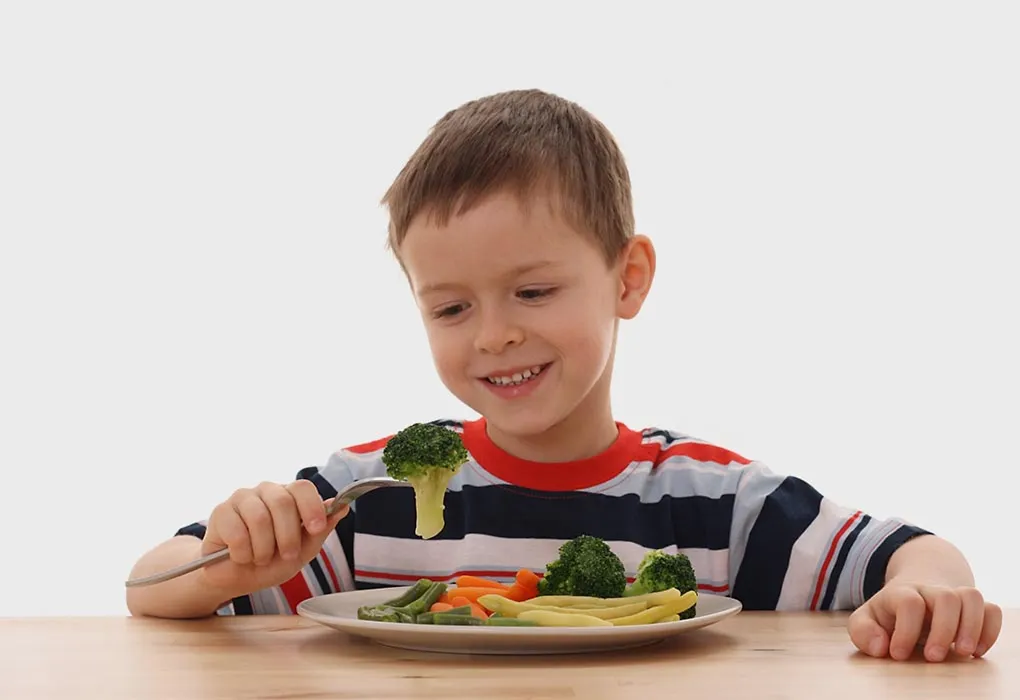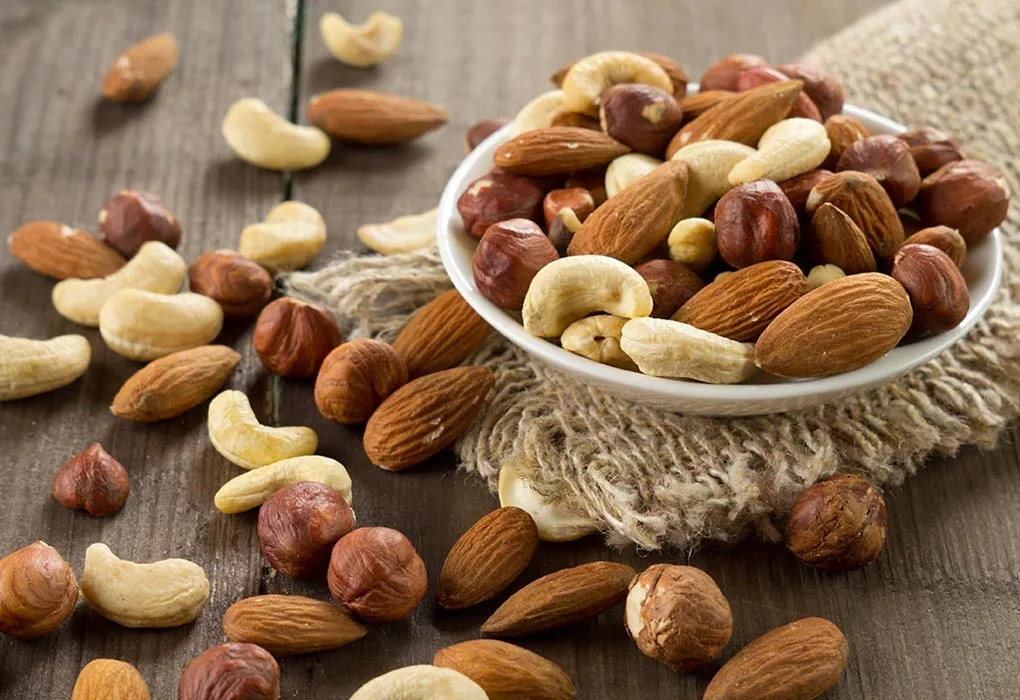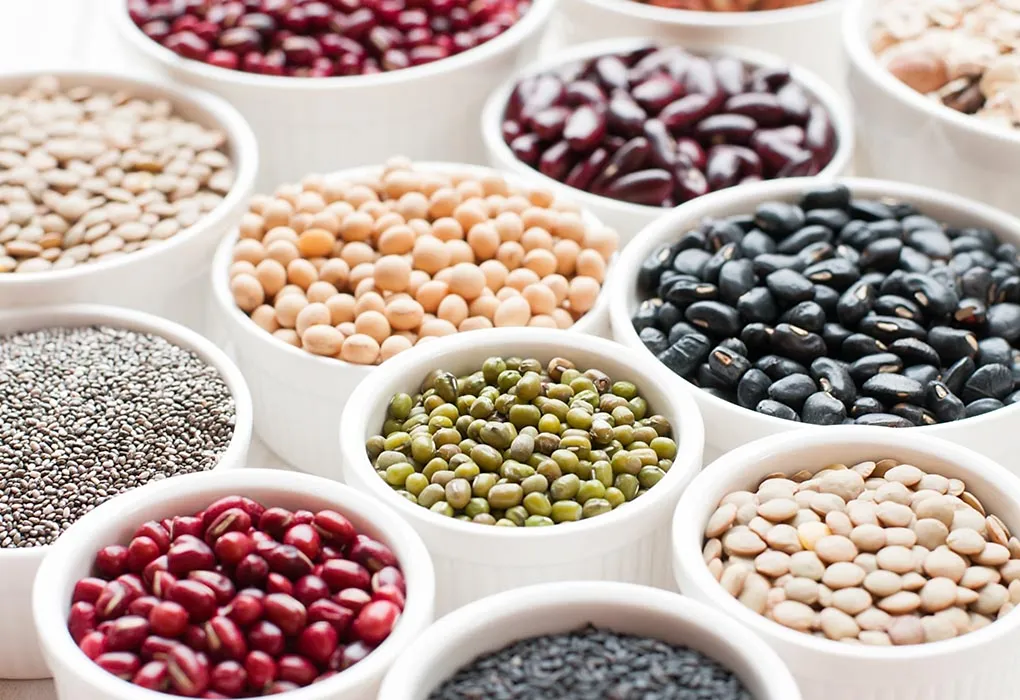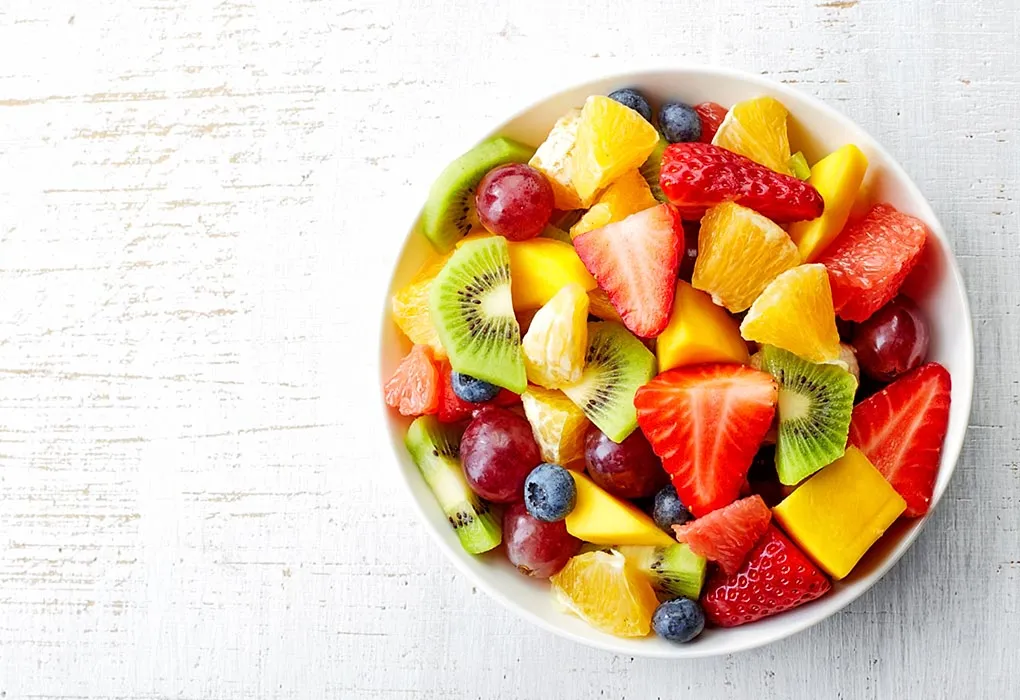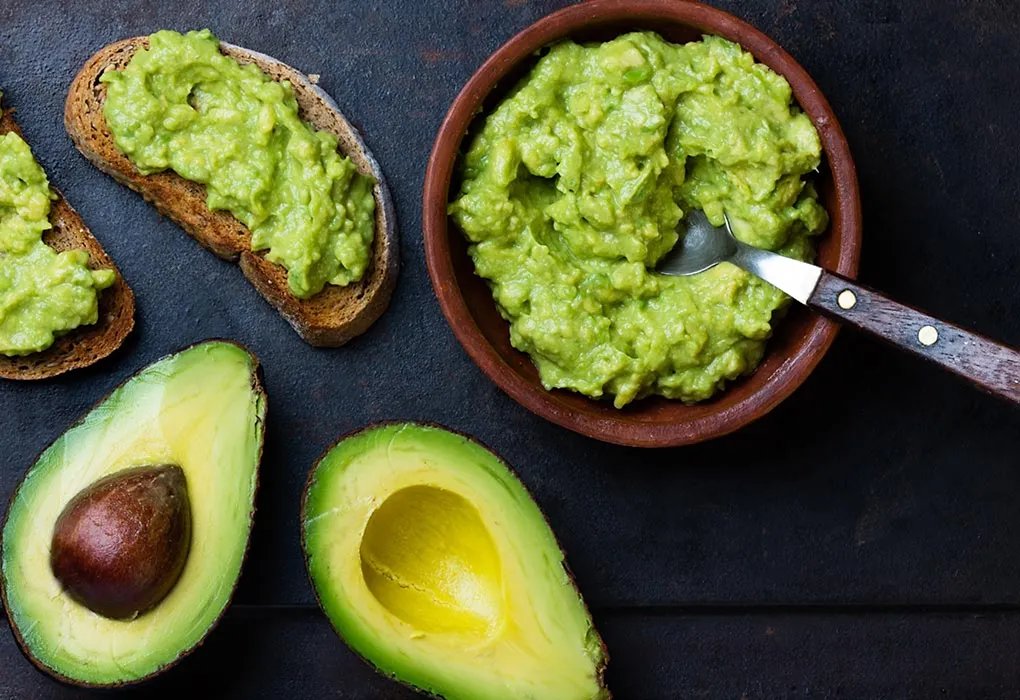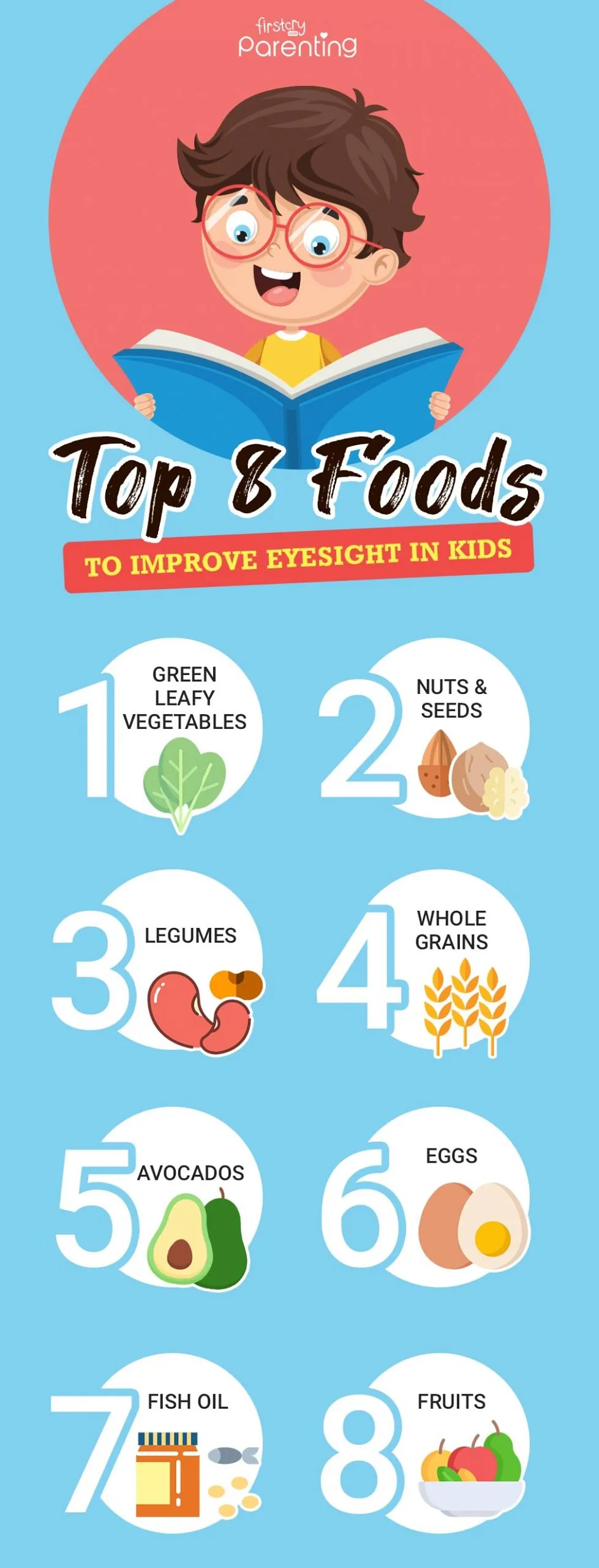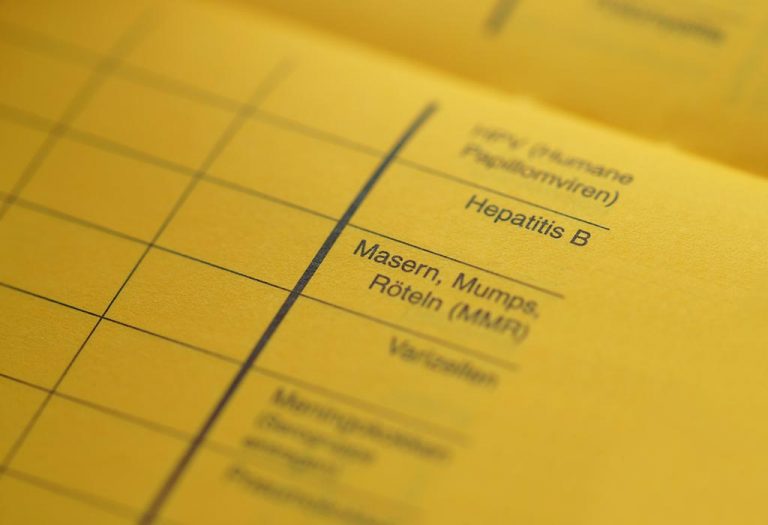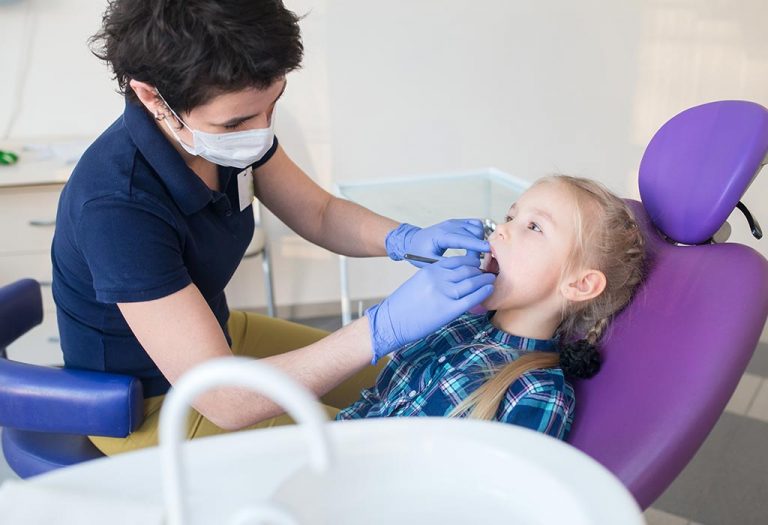How to Improve Weak Eyesight in Children?

It is alarming to see the increasing number of children wearing power glasses these days. Technology is meant to help us and simplify our lives, but too many inventions have affected the health of children and made them lazy. If you have kids, you know how much time they spend watching television, scouring the internet on a computer, playing games on mobile phones, and reading on digital tablets. Spending too much time on these gadgets can be hazardous to their body, and especially affect their eyesight. Young children and adolescents have become more prone to eyesight-related problems. How to improve eyesight in kids? Well, this growing problem can be curbed by timely measures and precautions. Read on.
What Are the Reasons for Week Eyesight in Children?
There could be several reasons behind a child’s weak eyesight. Let’s learn about them in detail.
1. Poor Diet
If a child’s diet is not nutritious and their daily intake is full of junk and processed food, then their eyes will not get the right nutrition to build strong eyesight. Therefore, your child’s diet should include food that strengthens eye health. American Academy of Ophthalmology suggests including vitamin K-rich carrots and sweet potatoes, vitamin C-rich apricots, cantaloupe, oranges, tangerines, peaches, red bell peppers, vitamin E-rich avocados, sunflower seeds, and almonds, leafy green vegetables rich in lutein and zeaxanthin, and beans rich in zinc (1).
2. Excessive Screen Time
Consistent consumption of content from TV, computers, tablets, and smartphones not only creates addiction in children but also weakens their eyesight. It causes the eye to be dry and irritated, and also causes loss of focus and nearsightedness (2).
3. Lack of Sleep
Sleep is necessary for the human body to recharge memory formation, emotional regulation, and physical and mental development. As per Harvard Medicine, children need plenty of sleep — up to 17 hours a day for babies under 3 months and at least 10 hours every night for 18-year-old children (3). Lack of sleep can hinder all bodily processes and cause fatigue and eye strain, ultimately affecting concentration and eyesight.
4. Rubbing Eyes
Rubbing eyes due to dust or lack of sleep might feel good temporarily, but it can harm delicate eye vessels. Teach kids to wash their eyes or blink instead of rubbing when they feel something in their eyes.
5. Too Much Sunlight Exposure
Excessive sunlight exposure directly into the eyes can also make the eyes weak and sore. Limit sun exposure, especially during peak hours, and encourage sunglasses outdoors.
6. Studying in Dim Light
Focusing too much and consistently in darkness or dim lights puts too much pressure on the eyes and strains them, ultimately weakening them. Studying in dim light may have the same effect on the eyes as using a screen for a long time.
7. Genetics
Sometimes, bad eyesight runs in families. Kids with relatives who have eye problems might be more likely to have them, too.
8. Medical Conditions
There are several medical conditions, including albinism, pediatric cataracts, ocular trauma, pediatric glaucoma, retinal diseases, and more, that could cause poor vision in a child (4).
Natural Ways to Improve Eyesight in Kids
There are many natural ways that you can incorporate to improve your child’s eyesight. To protect their eyes and keep them healthy, you must make sure that your child consumes a healthy diet and lives a healthy lifestyle. Wondering how to improve your child’s eyesight naturally? Adequate nutrition, exercise, and regular examination are simple steps to tackle poor eyesight.
Here are some ways to help improve the eyesight of your children:
Food and Supplements
A balanced diet rich in essential nutrients is the solution to good eye health. The following are the food items that you must include in your daily meals:
1. Green Leafy Vegetables
The anti-oxidative properties of carotenoids can keep free radicals away from the eyes. These carotenoids are found in abundance in green leafy vegetables that are rich in Vitamin A. They also contain other vitamins and minerals like calcium, Vitamin C, and Vitamin B12. So, start giving generous helpings of broccoli, kale, and collard greens to your child. Spinach is also beneficial for good eyesight as it is high in antioxidants like lutein and zeaxanthin (5). However, these leafy vegetables must not be overcooked. It works best when consumed raw.
2. Other Colourful Vegetables
Vegetables like tomatoes and radishes prevent macular degeneration (which is the main cause of loss of vision) and cataracts. Other colourful vegetables like carrots and sweet potatoes are loaded with beta-carotene that protects the retina from the sun and keeps it healthy. Capsicum is also good for improving your child’s eyesight. Zucchini is rich in antioxidants like zeaxanthin and lutein and protects the eyes.
3. Nuts and Seeds
Pistachios, cashews, almonds, walnuts and peanuts are rich in Vitamin E and can naturally reduce the chances of myopia in children. These nuts also contain omega-3 fatty acids. Together, these fatty acids and Vitamin E prevent dry eyes. Consumption of flax seeds and chia seeds can also knock out eye-related problems (6).
4. Fish and Fish Oil
Fish oil can be obtained from varieties of fish like salmon, mackerel, and tuna. Our retina consists of DHA, which is a fatty acid present in fish oil. Lack of DHA in the retina can cause dryness and can lead to eye problems. Giving fish oil to your child can prevent dryness and curb the chances of eye problems. In fact, children can also consume fish and derive the benefits of fish directly from it. Johns Hopkins Medicine advises that omega-3 fatty acids found in fish help prevent poor vision, cases of dry eye and future risk of cataracts and other eye diseases (7).
5. Legumes
Bioflavonoids and zinc, found abundantly in legumes, can prevent the retina from damaging. For healthy eyesight, children must eat legumes like black-eyed peas, lentils and kidney beans. We know kids don’t like eating legumes, but don’t listen to your child’s complaints. Legumes are good for eye health, and you must make sure your child eats them.
6. Whole Grains
Zinc is essential for the eyes and in whole grains like whole wheat and brown rice. Whole grains are also packed with other eyesight-friendly nutrients like Niacin and Vitamin E. So, avoid giving your child white carbohydrates like white bread, pasta, and plain rice and opt for whole grains.
7. Eggs
Eggs are rich in Vitamin A and proteins. They are also loaded with lutein, an antioxidant that prevents blindness and fights macular degeneration; a 2020 study and the Fred Hollows Foundation confirmed the same (8) (9). Eggs also maintain the ocular structural integrity and ensure the proper functioning of the eyes. So, let your child eat eggs and keep eye problems at bay.
8. Fruits
As per the American Academy of Ophthalmology, vitamin C is essential for healthy eyes and can be obtained from citrus fruits like oranges, guava, lemons, tomatoes, and more (1). Protect your child from eye infections and diseases by giving them strawberries. Orange or yellow fruits like mangoes, papaya and apricots are rich in Vitamin A, which is vital for preventing night blindness. Apricot is a super-fruit packed with carotenoids, beta-carotene, and lycopene and must be given to kids regularly. Blueberries and grapes are filled with anthocyanins, which improve night vision and, thereby, help the eyes to adapt to the dark easily. Blueberries also have vision-enhancing flavonoids like resveratrol, quercetin and rutin. So, give fruit daily to your child.
9. Beef
Dark meat is a rich source of zinc. It is also found in oysters. Zinc is the mineral that delivers Vitamin A from your liver to your retina. This aids in uninterrupted melanin production in the eyes. Melanin is the pigment in the eyes that keeps the retinal photoreceptors and the rods healthy and curbs night blindness.
10. Avocados
Lutein is a carotenoid vitamin that prevents eyes from diseases like cataracts and improves vision in children. Avocadoes are rich in lutein and must be regularly consumed.
11. Vitamin Supplements
If your child is a fussy eater and isn’t getting proper nutrition through food, then you must turn to vitamin supplements. Multivitamin syrups and other food supplements like juices and shakes will meet the nutritional requirements of his body and prevent eye problems.
Exercises
The following are some exercises that you can engage your children in daily.
- Ask your child to move his eyes up and down. Tell him to look up towards the ceiling and focus, then look down and focus. Ask him to do 10 reps of this exercise. Then, change to the sides and repeat that too.
- This exercise can be fun for your child. Ask him to move his eyes in different ways. He can move his eyeballs diagonally, in a zigzag fashion, horizontally, and in the vertical figure of 8. Make him do 10-20 reps of this exercise. However, make sure he moves only his eyes and not his head.
- Another simple exercise is ‘blink’. Kids and adults don’t blink their eyes frequently, which can lead to eye problems. Ask your child to blink his eyes frequently to keep them moist.
- Another exercise that your child can do is ‘roll’ his eyes. Ask him to slowly roll his eyes clockwise and anti-clockwise, and let him repeat this action.
- Make him flutter his eyelids about 30 times, then close them and rest for a few minutes.
- Regularly practising eye-shift exercises can also improve his eyesight. Have him begin by focusing on a distant object and then change focus to a nearby object. Let him do 10 reps of this exercise. To make it easy for your child, ask him to keep his arm straight and raise his thumb or a finger in front, shifting his focus from a painting or photo on a distant wall to this finger.
- Attach a ball to a string and swing it like a pendulum. Ask your child to track the to-and-fro movement of the ball without moving his head.
- Massage the area around the eyes with fingertips, which can also relax his eyes. You can even massage his neck for relaxation.
- Close your eyes and massage the eyelids using your fingertips. Apply light pressure to stimulate the eyes.
- Practice deep abdominal breathing for adequate oxygen intake.
Healthy Habits
Some healthy habits that can help you boost your child’s vision and ensure better eyesight are:
- Give him healthy foods. Refrain from giving him junk food, processed foods, aerated drinks, and refined sugar as much as possible.
- Always ensure there is adequate lighting or natural light when your child is reading or studying.
- Religiously avoid prolonged use of computers and other gadgets. Encourage your child to take a break at regular intervals.
- Make sure that your kid gets enough sleep and proper rest, as it will keep his eyes healthy. Relaxation for the eyes is also as important as good nutrition and exercise.
A healthy lifestyle is key to all eyesight woes. Let your eyes eat healthy food, sleep well, and exercise for sharp eyesight and obviously, a healthy body.
Regular Eye Checkup
Periodic eye examination can help curb concerns about toddlers’ weak eyesight. Consult a qualified and experienced doctor and get your child’s eyes checked regularly. Timely action and treatment will help improve child eyesight.
FAQs
1. What are the signs that indicate vision problems in a child?
According to the American Optometric Association, frequent headaches, covering one eye, avoiding reading and other activities that require close vision, frequent eye rubbing, seeing double, holding reading materials close to the face, losing place when reading, avoiding puzzles, colouring activities, and other detailed activities, etc., are some indicators that a person’s vision is compromised (10) (11). In the case of children, these indicators should not be ignored and be given immediate medical attention.
2. How to limit the use of digital screens with children in this digital age?
It’s important to keep screens about 18 to 24 inches away from their eyes. Also, remind them about the 20-20-20 rule: every 20 minutes, take a 20-second break to look at something at least 20 feet away. This helps give their eyes a rest and prevents strain.
3. Is blue light emitting from the devices dangerous for kids?
As per Johns Hopkins Medicine and the American Academy of Ophthalmology, blue light from digital devices isn’t harmful to children’s eyes. However, spending too much time looking at screens up close can lead to digital eye strain. This can make your vision blurry, your eyes dry and irritated, and make it hard to focus (7) (12).
4. Do blue light-blocking glasses really work?
There is no evidence that supports the claim of glasses that protect eyes from blue light (12).
In today’s times, children usually have an eyesight problem, but with these easy lifestyle changes and healthy habits, you can ensure that your kid’s eyes are safe. A balanced diet enriched with all the required nutrition, exercise and good sleep will keep your child’s eyes healthy and happy.
Infographic: Top 8 Foods to Improve Eyesight in Kids
References/Resources:
1. 36 Fabulous Foods to Boost Eye Health; American Academy of Ophthalmology; https://www.aao.org/eye-health/tips-prevention/fabulous-foods-your-eyes
2. How Too Much Screen Time Affects Kids’ Eyes: Tips to Prevent Eye Strain; Children’s Hospital of Philadelphia; https://www.chop.edu/news/health-tip/how-too-much-screen-time-affects-kids-eyes; December 2021
3. Gehrman. E; A Child’s Need for Sleep; Harvard Medicine; https://magazine.hms.harvard.edu/articles/childs-need-sleep; Autumn 2022
4. Lazarus. R; What Causes Low Vision In Children?; Optometrics Network; https://www.optometrists.org/general-practice-optometry/guide-to-low-vision/low-vision-in-children/what-causes-low-vision-in-children/; May 2021
5. Can Dark Green Leafy Vegetables Save Your Eyesight; Iowa State University Extension and Outreach; https://www.extension.iastate.edu/news/2010/mar/120301.htm
6. Important foods and nutrients for healthy eyes; ERS; https://www.ers.texas.gov/news/important-foods-and-nutrients-for-healthy-eyes; March 2023
7. 6 Ways to Be Proactive About Your Child’s Eye Health; Johns Hopkins Medicine; https://www.hopkinsmedicine.org/health/wellness-and-prevention/6-ways-to-be-proactive-about-your-childs-eye-health
8. Gopinath. B, Liew. G, Tang. D, et al.; Consumption of eggs and the 15-year incidence of age-related macular degeneration; Clin Nutr.; PubMed; https://pubmed.ncbi.nlm.nih.gov/30914217/; February 2020
9. Mani. L; 10 Foods That Are Good For Your Eye Health; https://www.hollows.org/us/blog/10-foods-that-are-good-for-your-eye-health#ANCHOR:8; November 2019
10. School-Aged Vision: 6 to 18 Years of Age; American Optometric Association; https://www.aoa.org/healthy-eyes/eye-health-for-life/school-aged-vision?sso=y
11. Preschool Vision: 2 to 5 Years of Age; American Optometric Association; https://www.aoa.org/healthy-eyes/eye-health-for-life/preschool-vision?sso=y
12. 20 Things to Know About Children’s Eyes and Vision; American Academy of Ophthalmology; https://www.aao.org/eye-health/tips-prevention/tips-children-eyes-vision
Also Read:
Cataracts in Children
Eye Care Tips for Kids
Dark Circles Under Eyes in Children
Facts About the Human Eye for Kids
Was This Article Helpful?
Parenting is a huge responsibility, for you as a caregiver, but also for us as a parenting content platform. We understand that and take our responsibility of creating credible content seriously. FirstCry Parenting articles are written and published only after extensive research using factually sound references to deliver quality content that is accurate, validated by experts, and completely reliable. To understand how we go about creating content that is credible, read our editorial policy here.







